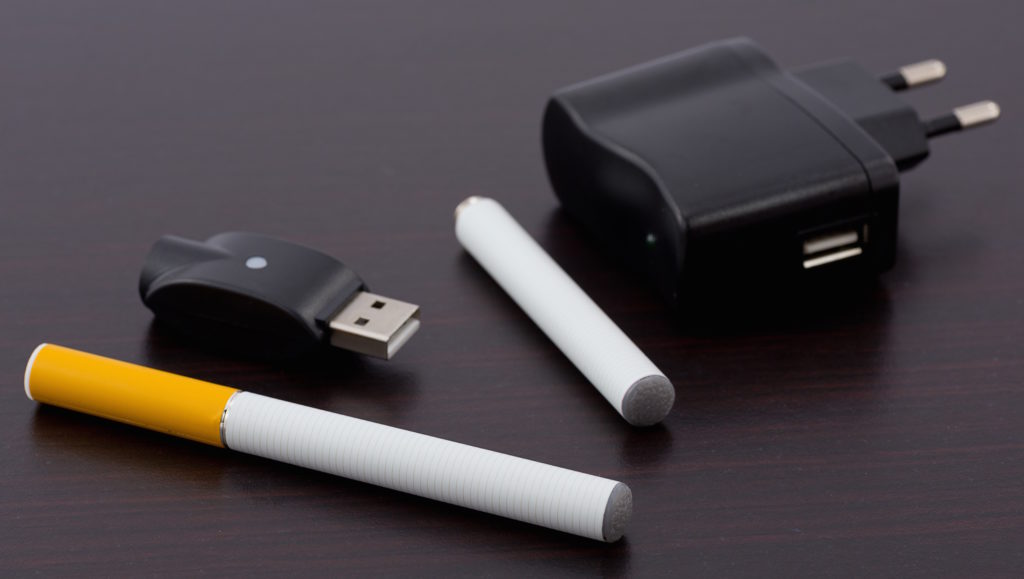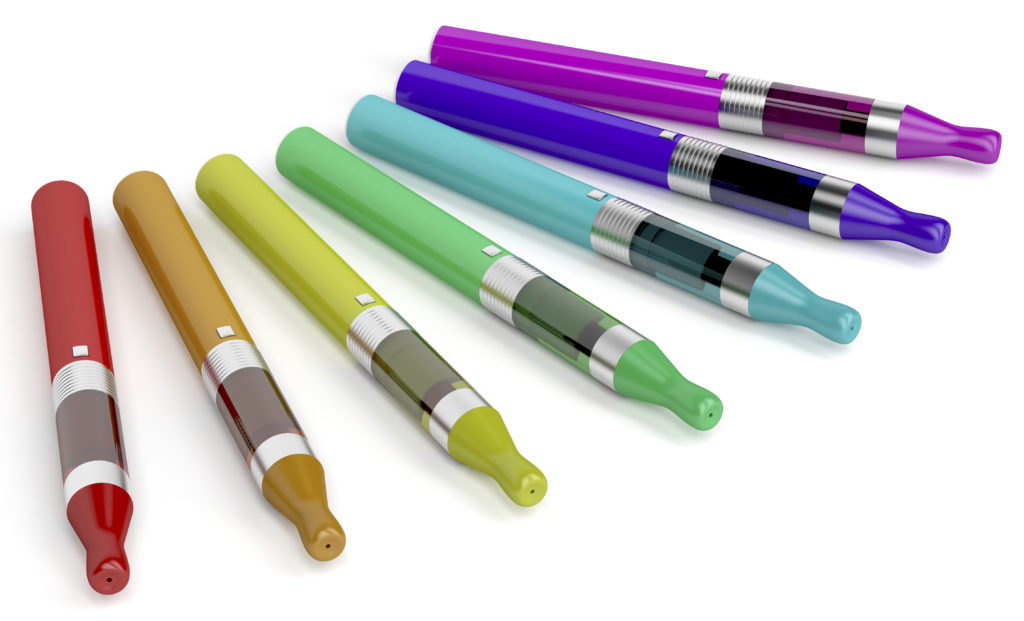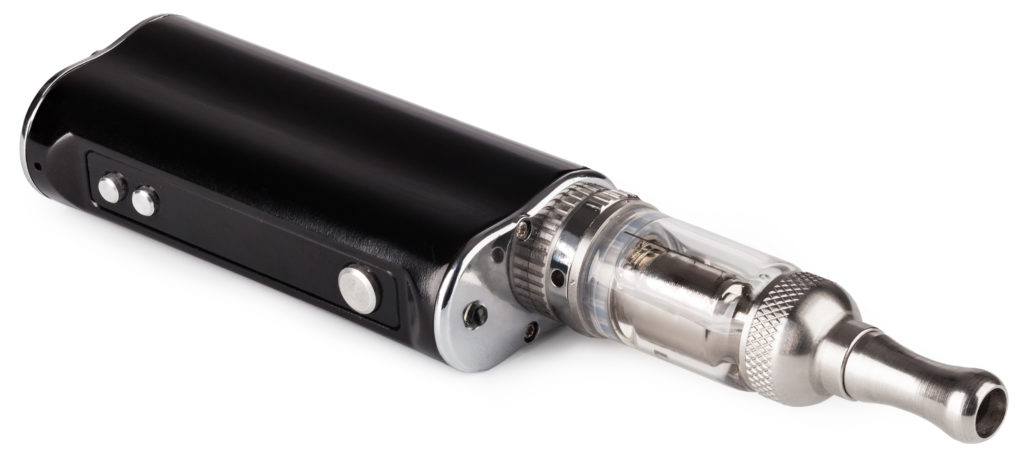Electronic cigarettes have come into widespread use in recent years. They also called e-cigarettes or “vapes,” and using them is referred to as “vaping.” But, as discussed below, it is not necessary that the most recently developed ones are the best for the average person.
How do they work?
The basic principle of how they work is simple. E-cigarettes contain a liquid, sometimes called an “e-liquid” or “juice.” It typically contains:
– A mixture of glycerol/glycerine and propylene glycol
– Nicotine extracted from tobacco
– Sometimes, other products to make the e-cigaratte “more satisfying” or feel more like smoking a cigarette
– Often, some kind of flavor.
The liquid is heated to create an aerosol that the person inhales similar to smoking a cigarette.
So, even they are called “cigarettes,” they don’t contain tobacco and matches or a lighter are not needed for using them.
But, the person exhales vapor that looks similar to cigarette smoke (see photo below) and leads to the term “vaping.”
Three generations of e-cigarettes
E-cigarettes have evolved considerably since they were first introduced. So, the available products are called first-generation, second-generation, and third-generation e-cigarettes.
The first-generation e-cigarettes are quite simple in design and look like cigarettes. See photo below. These deliver less nicotine, and less satisfying to patients and are not recommended (Hartmann-Boyce et al., 2018).
Second-generation e-cigarettes (or “vape pens”) are more elaborate in design. See photo below. If a person wants to use e-cigarettes to quit smoking, these are the types recommended.
A second-generation product that looks a bit different is probably the most popular e-cigarette in the US as of September 2018. The brand name is JUUL (www.juul.com). See photo below. JUUL uses replaceable “pods” containing the liquid, which is available in many flavors. The pods provides a relatively high dose of nicotine (5%) but the dose of nicotine delivered by any e-cigarette depends significantly on how the system is used. JUUL pods are also available in 3% nicotine strength. (This paragraph about JUUL and the photo below are provided for general information only and are definitely not an endorsement of the product.)
Third-generation and fourth-generation e-cigarettes are complex in design and offer variable power settings. See photo below. These may be too complicated for a person new to e-cigarettes to use (Hartmann-Boyce et al., 2018).
Other products
You may come across the term “ENDS”. This stands for “electronic nicotine delivery systems” that have also become available, e.g., electronic cigars, electronic hookahs, etc. But, these are not in widespread use.
Guides for patients
The CDC provides a five-page PDF guide for patients about electronic cigarettes that is available in English HERE and in Spanish HERE.
Related Pages
Do electronic cigarettes (e-cigarettes) work for smoking cessation?
What “authorities” say about e-cigarettes for tobacco use disorder
References
Hartmann-Boyce J, Begh R, Aveyard P. Electronic cigarettes for smoking cessation. BMJ. 2018 Jan 17;360:j5543. Review. PubMed PMID: 29343486.
Copyright © 2018 to 2025, Simple and Practical Medical Education, LLC. All rights reserved. The content on this website may not be reproduced in any form without express written permission.
Disclaimer: The content on this website is provided as general education for medical professionals. It is not intended or recommended for patients or other lay persons or as a substitute for medical advice, diagnosis, or treatment. Patients must always consult a qualified health care professional regarding their diagnosis and treatment. Healthcare professionals should always check this website for the most recently updated information.





Leave a Reply